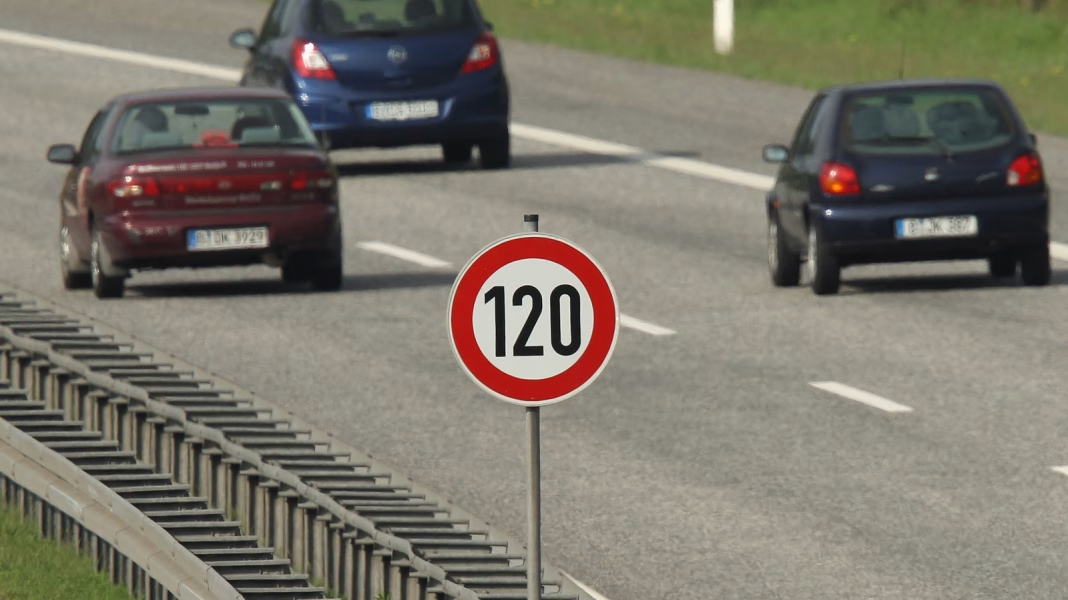How Did a Driver Get Caught Going 199 mph, and Why Does It Matter?
You might think the Autobahn is a free-for-all, but there are rules—and yes, even speed limits in certain stretches. Recently, a driver in Germany managed to clock a jaw-dropping 199 mph (that’s 320 km/h) on a section monitored by a mobile radar enforcement trailer. This wasn’t just a personal best; it set a new record for that particular roadside speed trap. So, how did this happen, and what does it mean for drivers and road safety?
What Are the Real Limits on the Autobahn?
Contrary to popular belief, the Autobahn isn’t just an endless racetrack. While some sections are famously unrestricted, many areas have posted speed limits—especially near cities, construction zones, or accident-prone stretches. According to the German Federal Motor Transport Authority, roughly 30% of the Autobahn network has permanent speed restrictions, and temporary limits are common.
Mobile radar trailers, like the one that caught the 199 mph speeder, are a staple of German road safety enforcement. They’re designed to be discreet, battery-powered, and can operate for days without human supervision. The idea? Catch drivers who think they’re above the law, even on roads with a reputation for speed.
Why Was This 199 mph Incident So Significant?
Hitting 199 mph isn’t just reckless—it’s rare, even for the Autobahn. Most drivers, even in high-performance vehicles, rarely push past 155 mph (250 km/h), which is the electronic limit for many German sports cars. The radar trailer’s record-breaking catch highlights both the capabilities of modern cars and the ongoing challenge of enforcing speed regulations.
The consequences were swift: the driver received a three-month driving ban. In Germany, penalties for excessive speeding can include hefty fines, license suspension, and even criminal charges if others are endangered. The authorities made it clear—no one is immune, no matter how fast or expensive their car.
How Do Mobile Radar Trailers Actually Work?
These trailers aren’t your average speed cameras. They’re equipped with advanced radar or lidar systems, high-resolution cameras, and sometimes even night vision. Once deployed, they blend into the environment—parked on the shoulder, sometimes disguised as utility trailers. When a vehicle passes, the system instantly measures speed and snaps a photo if the limit is exceeded.
The data is then transmitted to local authorities, who review the evidence and issue penalties. This automation means more consistent enforcement, less human error, and a higher likelihood of catching extreme offenders—like our 199 mph driver.
What Does This Mean for Road Safety and Policy?
Incidents like this reignite debates about speed limits on the Autobahn. While Germany is proud of its high-speed heritage, road safety advocates point to research showing that higher speeds correlate with more severe accidents. A 2022 study by the German Road Safety Council found that sections with speed limits had 26% fewer fatalities than unrestricted areas.
There’s also a growing push for a national speed limit, citing environmental concerns and accident reduction. Proponents argue that even a modest cap—say, 130 km/h (about 81 mph)—could save hundreds of lives annually and cut CO2 emissions significantly. Opponents, meanwhile, defend the freedom and efficiency of the current system, especially for long-distance travel.
Are There Lessons for Drivers Everywhere?
Absolutely. The 199 mph incident is a stark reminder: just because your car can go fast doesn’t mean you should. Modern vehicles are more powerful than ever, but public roads are unpredictable. Weather, traffic, and human error can turn a thrill ride into a tragedy in seconds.
For drivers outside Germany, the story underscores the importance of respecting local laws and understanding the risks of excessive speed. Even in places with more relaxed rules, enforcement technology is getting smarter and more pervasive. The days of easily outrunning the law are fading fast.
What’s the Big Takeaway for Everyday Drivers?
Speeding isn’t just about breaking the law—it’s about making choices that affect everyone on the road. The 199 mph record is eye-popping, but it’s also a cautionary tale. Technology is closing the gap between reckless drivers and accountability. The big takeaway? Road safety isn’t about perfection—it’s about smarter adjustments. Start with one change this week, and you’ll likely spot the difference by month’s end.


